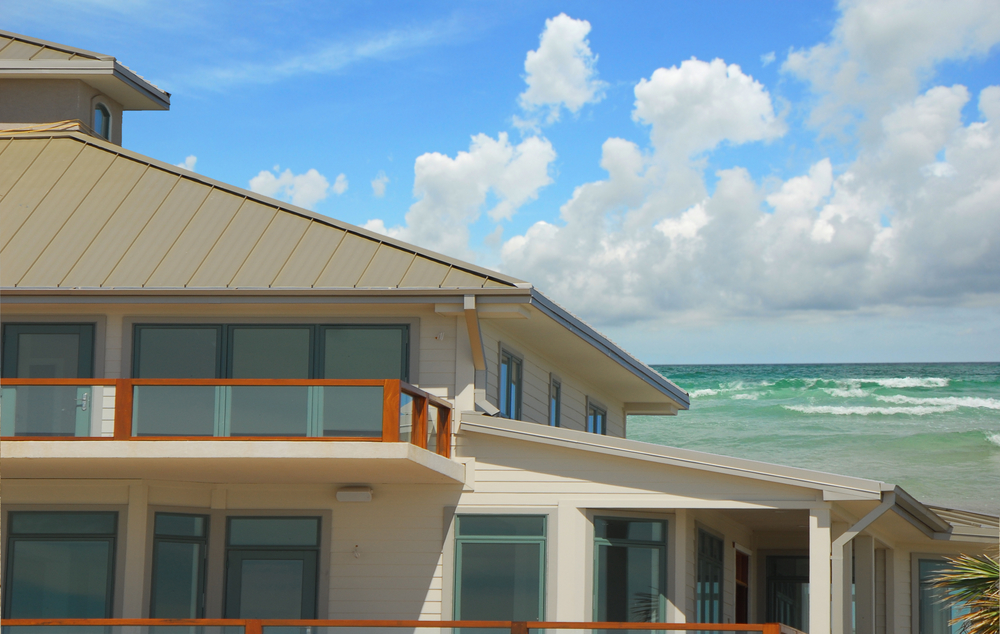2025 Florida Home Insurance Rates Could Increase

While many state legislators, industry leaders and insurance regulators have been claiming that the insurance market in Florida has stabilized, it looks like premiums may be headed up again in the near future.
According to an analysis by the South Florida Sun Sentinel, the average statewide premium, being paid for an all-perils single-family home policy in Florida went up by 3.1% between the second and third quarters. This is on top of increases of 1.3% the previous two quarters.
According to the report, the average premium for a single-family house in Florida was $3,668 in the third quarter, which is up from $3,558 in the second quarter of the year and $2,798 during the second quarter of 2022 which was when the first state report was released. Since the release of the first report, the average premium cost has shot up 31%.
It is hard to determine whether the 3.1% spike is forecasting a new uptrend trend in insurance costs that homeowners will have to deal with in 2025. “Looking at changes from quarter to quarter isn’t really a long enough time horizon to pinpoint a long-term trend,” said Paul Handerhan, president of the consumer-focused Federal Association for Insurance Reform in the recent Sun Sentinel article.
Handerhan, pointed to other data in the report that may be revealing, the cost to insurance $1,000 of value. The data shows this figure rose from $5.10 to $5.15, which is less than 1% between the first and second quarters. “If you track that, it’s really not going up very much,” Handerhan said in the Sun Sentinel article.
This indicates that the higher insurance premiums may be the result of rising home prices and inflation related to building materials and labor. “Probably two-thirds of (the 3.1%) increase is due to inflation,” Handerhan said in the article.
Not everyone agrees the recent jump in premiums would qualify as a spike. Stacey Giulianti, chief legal officer at Boca Raton-based Florida Peninsula, took issue with calling a 3.1% increase a “spike.” “That seems a little exaggerated, no?” Giulianti asked. He backed up Handerhan, saying in the recent Sun Sentinel article, “inflation is still an issue, and post-storms you have demand surge, and prices increase.”
There are several factors that will determine whether this recent increase is a new upward swing of insurance costs or just a blip. Factors that could result in higher premiums includes the cost of labor and materials over the next year as massive rebuilding continues due to damage from hurricanes Milton and Helene last year.
Other factors that could push up the cost of insurance is the cost and amount of reinsurance that insurance companies must purchase to cover all claims after a disaster. Florida’s Hurricane Catastrophe Fund which was created to provide insurance companies an extra layer of reinsurance, has continued to raise the deductible that insurers must pay before they can tap into this fund.
There was a bit of good news in the third quarter report. The average cost to insure a condo increased a mere 1.3% to $1,737 whish is a much smaller than increase than the 5.9% condo owners saw between the second and third quarters of 2024.
Condo associations actually saw a decrease in the average cost of commercial coverage. Premiums that had doubled between the second quarters of 2022 and 2024, declined by 3% to $142,909 between the second and third quarters of 2024 according to the data.
Rate changes varied by insurance company. The average premiums for single-family homeowners rose an average of 37.8% for customers of Centauri Specialty while policyholders with Nationwide averaged a 6.6% decrease.
Olympus Insurance saw their average premium climb 23.2% which was the second largest increase for single family home coverage among insurers with at least 1,000 policies.
According to Olympus CEO Tim Stroble in the Sun Sentinel article, the average insured value of his company’s policies increased by 14.8% to $1.1 million over the same period. If that increase is taken into consideration, the cost Olympus policyholders paid to cover $1,000 of insured value increased by just 7.3%.
